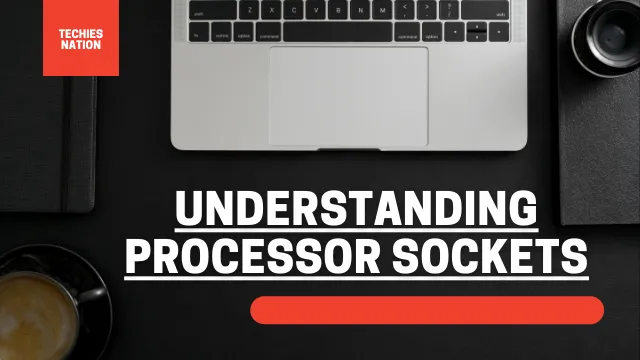Different Types of Processor Socket in Motherboard
In this article, we will talk about different types of processor socket in motherboard. This is one of the most important topic if you are going to build your own PC.
Unlike other components in a PC, CPU is the most important part. This is the termed as brain of a computer. With the development of the CPU structure, the sockets have also changed with time. The socket is a place in motherboards where the processor is placed. We have to be very careful while placing the on the motherboard, as there are multiple delicate pins in the processor.
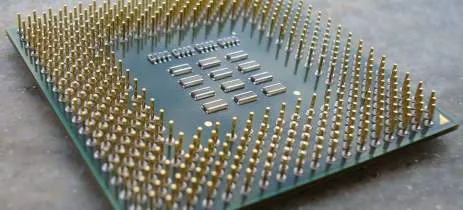
There are different types of sockets, Has anyone ever wondered do they work the same way?
In this article, we will explain from the beginning why this component is so important when assembling your pc.
What is processor socket?
A sockets is the place in a motherboards where processor is installed. They have one or more mechanical components responsible for the electrical and mechanical connections between the microprocessor and the PCB. Thus, it is possible to put the processor in and out of your machine without having to solder it.
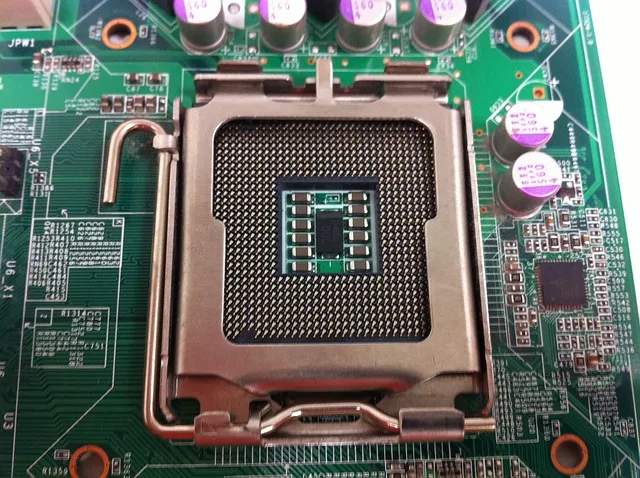
Basically, it’s a part used to connect an item to a larger network of components. Sockets are usually made of plastic and have a lever or crank to lock the CPU in the socket.
Before buying a new CPU, the user should check which socket is present in motherboard. Or if you’re building a PC from scratch, it’s good to choose your processor. Also you should check the motherboard compatibility for the processor with that socket.
As you can see, this part of building a PC revolves around the socket, as buying incompatible parts will most likely not fit, or more careless users might even break the pins or damaged the motherboard. And even if you manage to fit in, it won’t work either.
Different Types of Sockets
Many types of sockets have existed throughout history, but three are the most relevant today.
- PGA (Pin Grid Array)
- BGA (Ball Grid Array)
- LGA (Land Grid Array)
PGA types have the number of contact pins fixed on the PCB, that is, on the motherboard, and the processors have the same number of inputs – small holes for the connection to be made.
BGAs are a variant of PGAs, but their big difference is that they need soldering and more specialized work. An example of this is smartphone sockets and processors – you can’t take it out and put it back easily, as they are soldered, which also prevents updates from being carried out on the device.
On the other hand, LGAs can be considered opposites to PGAs, as the contact pins are on the processors and the inputs on the motherboard.
LGA Socket Types
Although there are three main socket types nowadays, anyone who thinks that any processor with one type of socket will fit on any motherboard is wrong. Not just any Intel processor will fit with an LGA1200 motherboard, for example, as LGA is a category and not a specific model.
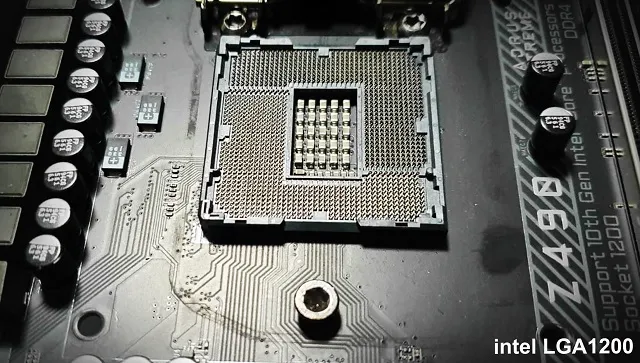
Let’s use Intel again to understand. The “blue side of the force” names your LGA sockets based on the number of pins you have. The LGA1155 has 1155 individual pins in the socket, the LGA1156 has 1156 pins, the LGA1200 has 1200 pins and so on. In this situation, a processor built for a specific socket will only work with that socket even though the number of pins is remarkably similar. A single pin makes a difference here.
In past generations Intel even kept the same socket for different processor generations, so even though the processor would fit, if it wasn’t compatible with the motherboard, it wouldn’t work.
To understand a little better, here’s another example: the Intel 386, the company’s first famous processor, used a 132-pin PGA socket. That is, the existing 132 pins to make the connection to the system were stuck on the motherboard, while the processor had 132 entries for them. It is worth mentioning here that Intel uses PGA-style sockets, while AMD uses LGA-style sockets.
Must Read:
Current Trend
There are several types of socket, as each one is specific to a manufacturer or model of processor that will be installed. A very current example to understand this is the 12th generation of Intel processors, code name Alder Lake.
These new CPUs bring the new LGA 1700 socket, changing the socket that Intel has been working with in the two previous generations to the new one in the mainstream market (LGA1200) and, as a consequence, anyone who wants to change their processor will have to change the motherboard as well, because the new CPUs will not work on the old mainboards.
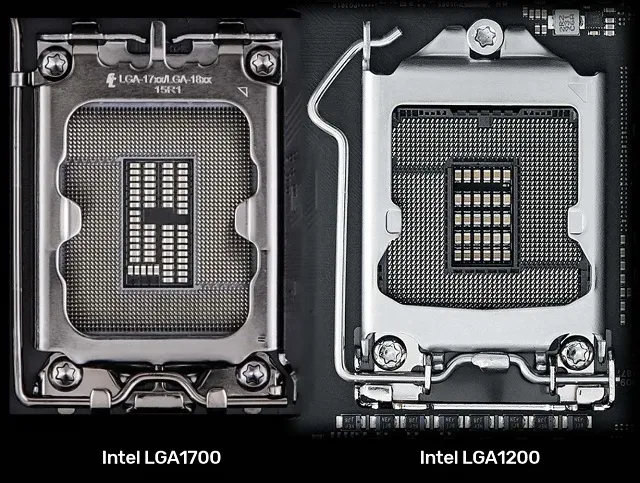
Also, current cooling systems would no longer work, as Alder Lake would be larger in size. In addition to the motherboard and processor, you would also have to buy a new cooling system, if you don’t use the one that comes with Intel CPUs. Fortunately, Intel will keep the traditional system of installing fans in its 12th generation processors.
Identifying CPU socket in motherboard
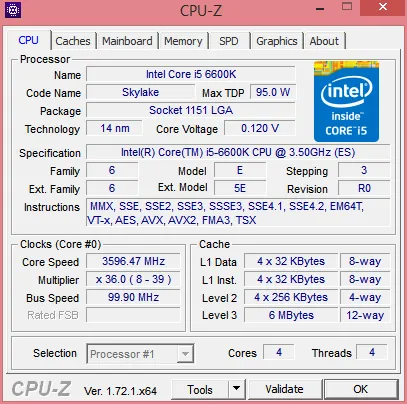
Conclusion
A motherboard socket, for those who are not used to building a PC yet, may not seem like one of the most important components at first. However, it is extremely necessary to be careful when buying the mainboard and the processor, because if one is not compatible with the other then your computer is at risk. It will not even work- as the processor is computer’s brain. Processors from one company and socket from another do not work together, and even a set from the same company may not work, as the socket is designed specifically for one type of processor.

